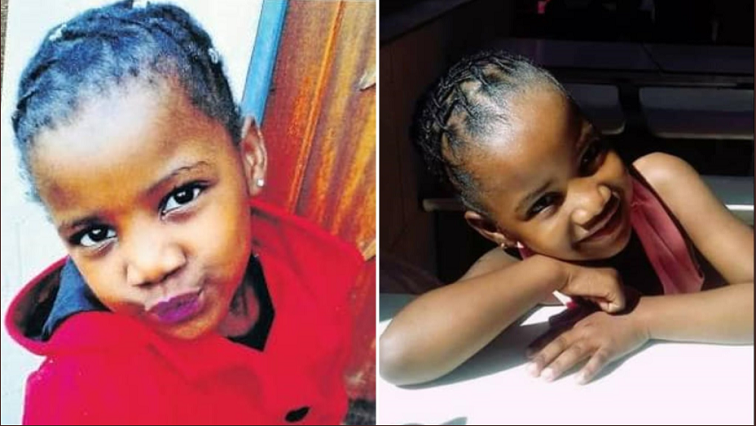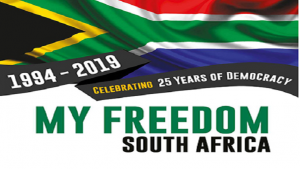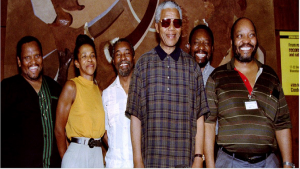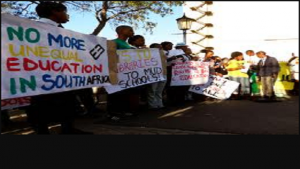This week we reflect on the launch of the National Bureau for Missing Persons.
The unit sought to render supportive service to investigation officers.
It was established on 3 October 1994 as part of government’s effort to transform the country’s police service from an autocratic, bureaucratic and militaristic style of command to a managerial style characterised by participation and problem-solving.
The National Bureau for Missing Persons worked closely with Crime Stop, a programme launched in 1993.
The move meant families of the missing persons from all races could now get the emotional support and assistance they needed.
Previously Black families were often met with hostility, especially if their loved ones had links to political activism.
While the number of abductions has reportedly decreased since 1994, the country is still fighting the scourge.
According to the Missing Persons Bureau, a child goes missing every five hours in the country.
Most of them are either runaways or victims of kidnappings and human trafficking.
At least 75% of the missing children were found during the 2017/2018 period, while 2% of them were found dead.
Watch related video:
Efforts to find the missing have been boosted by various non-governmental organisations like the Pink Ladies and Missing Children South Africa.
Social media is also playing a big role now with members of the public circulating pictures of the missing people.
While authorities have acknowledged this as helpful, they are urging South Africans not to neglect opening a missing person’s case at a nearby police station.
This should be done immediately after realising that a loved one is missing.
Police say delays in reporting people missing and provision of sketchy details are some of the reasons they sometimes struggle to trace missing loved ones.
Graphic by Mayleen Vincent






